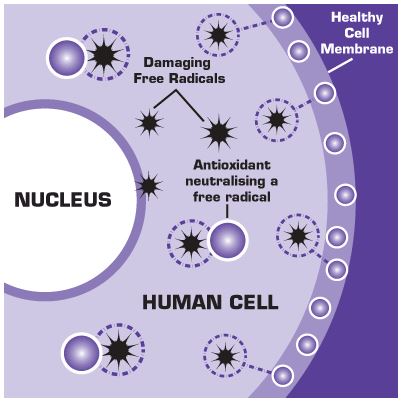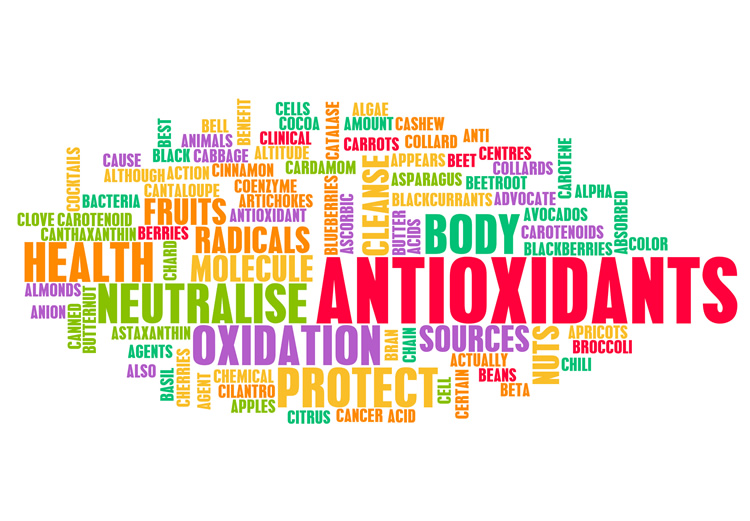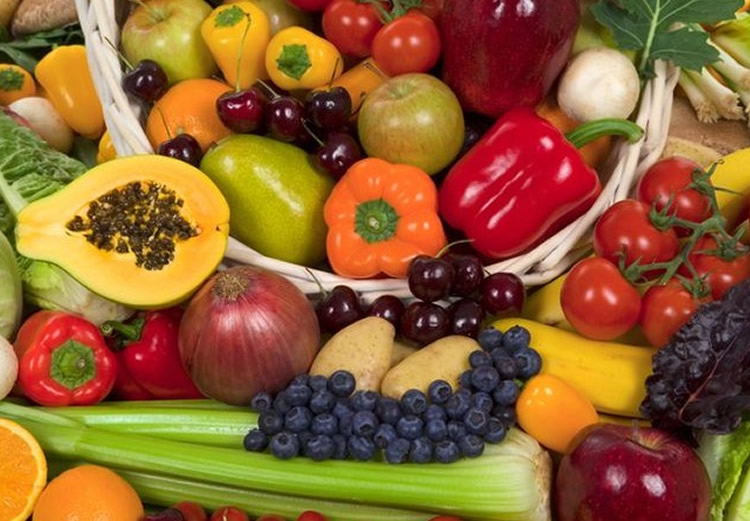It’s not exactly agreed upon who first “discovered” antioxidants. Antioxidants have been dated in medical literature to the early 19th and 20th centuries, but researchers and health experts have been discussing them for much longer. Each antioxidant has its own unique history of discovery. Some, such as vitamin C and vitamin E, were first researched by doctors, such as Henry A. Mattill during the 1920s–1950s, used to explain why animals fed whole foods lived longer and remained healthier.
Joe McCord is another researcher credited with discovering the function of antioxidant enzymes like superoxide dismutase, mostly by mistake, and noting how all organisms held these beneficial compounds inside their bodies but less so as they aged.
Today, the level of antioxidants in any substance or food is evaluated with an ORAC score, which stands for “oxygen radical absorption capacity. ORAC tests the power of a plant to absorb and eliminate free radicals. These measurements were developed by the National Institute of Aging and are based on 100 grams of each food or herb.
Most common fruits, vegetables and herbs in the diet that contain antioxidants include forms like vitamin E, lutein, vitamin C, beta-carotene, flavonoids and lycopene. While there is currently no official recommended daily allowance for antioxidants or antioxidant foods, generally speaking the more you consume each day from real foods in your diet the better.
Source Reference: https://draxe.com/top-10-high-antioxidant-foods/









